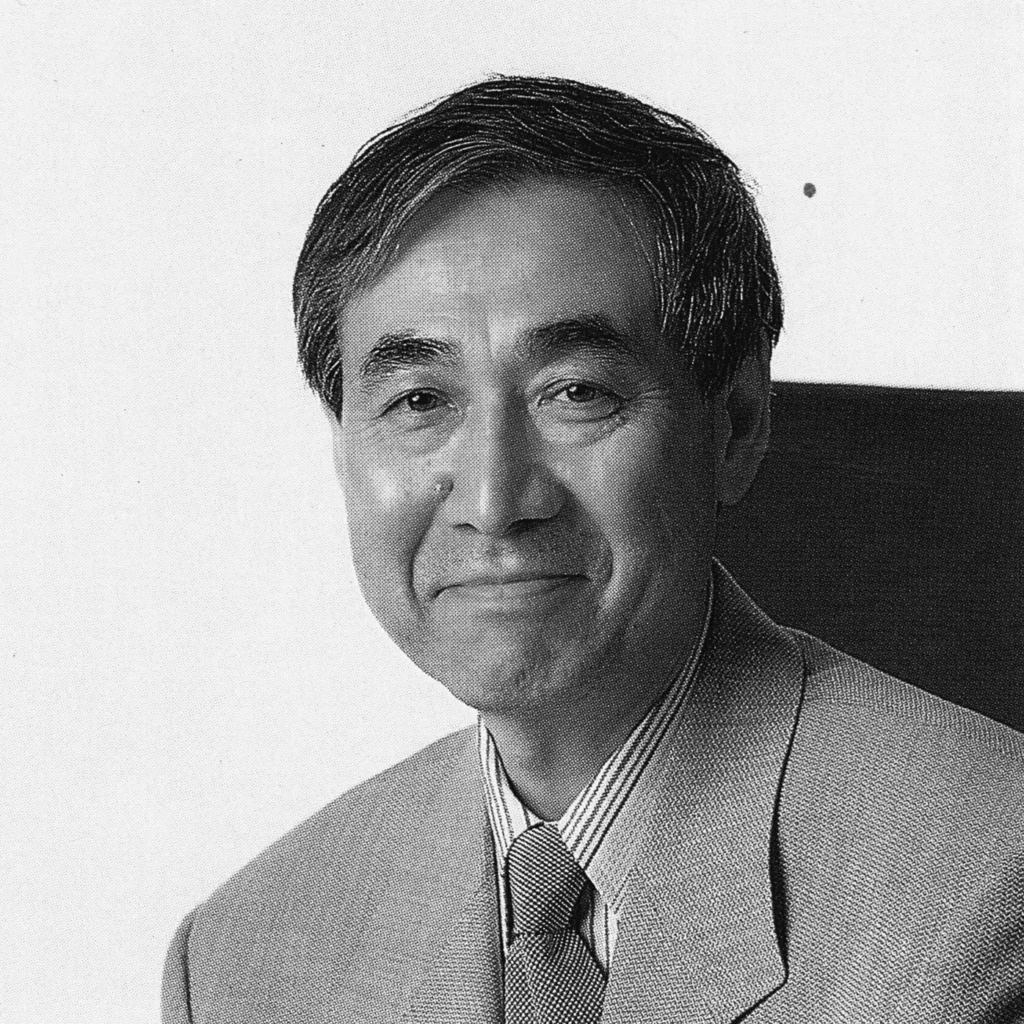
Shigeo Fukuda was born in Tokyo in 1932 and graduated from the Department of Design at Tokyo National University of Fine Arts and Music in 1956. He has served as vice-chairman of the Japan Graphic Designers Association (JAGDA) and was a member of both the Alliance Graphique Internationale (AGI) and the Royal Designers for Industry. His work has been showcased in solo exhibitions at notable venues such as the IBM Gallery in New York, the Asia Museum in San Francisco, and the Museum of Modern Art in Quimper, France.